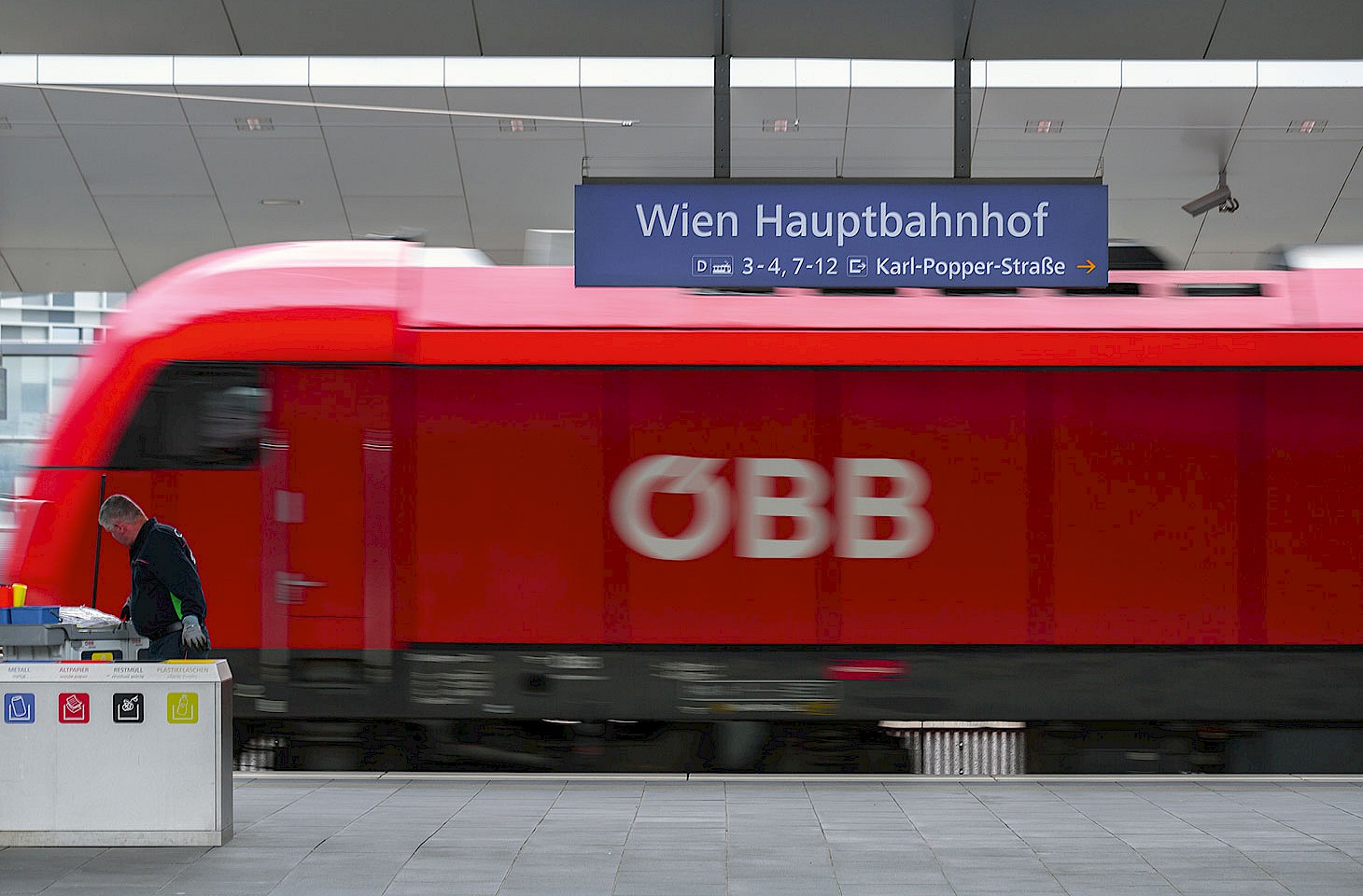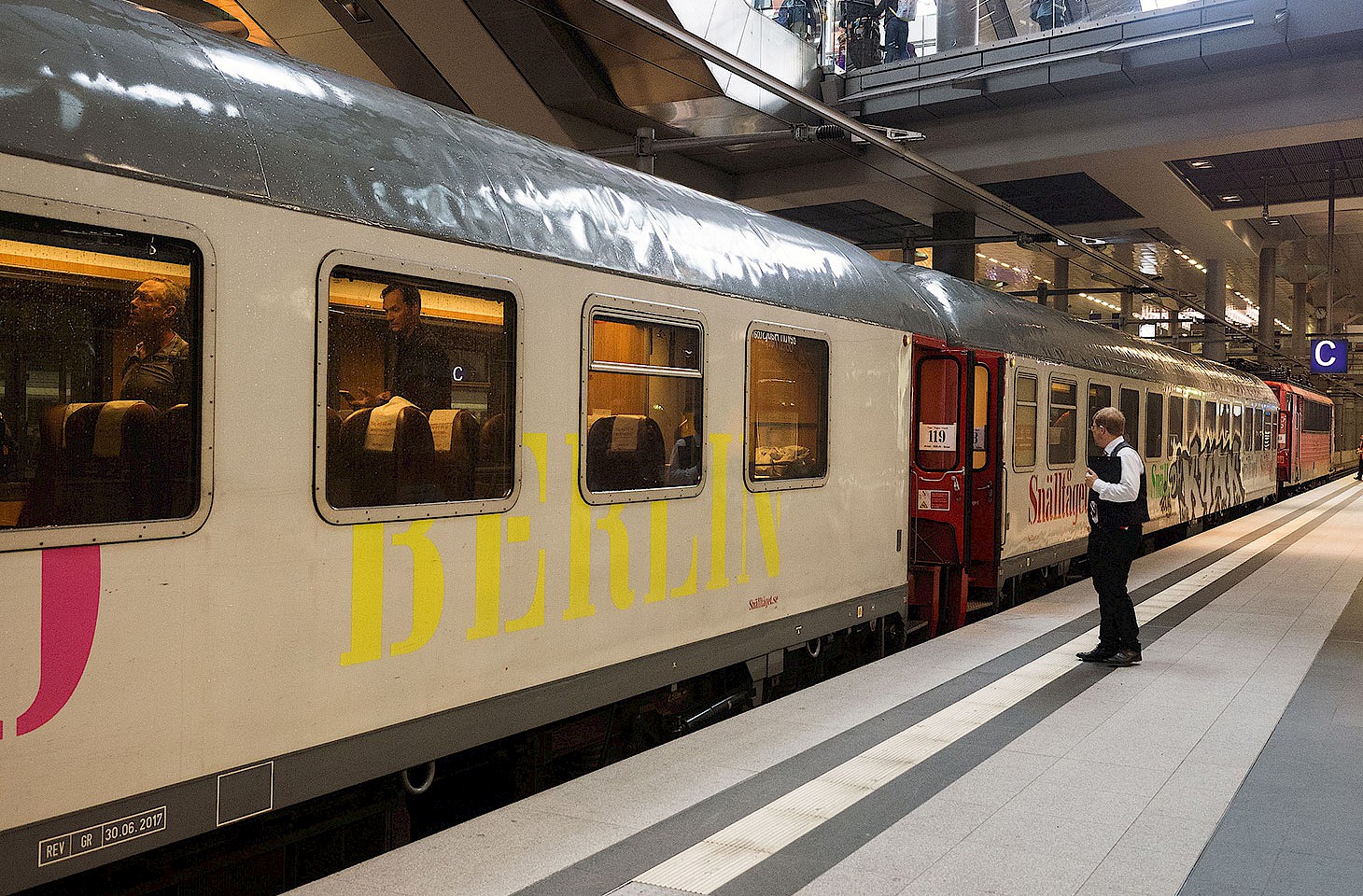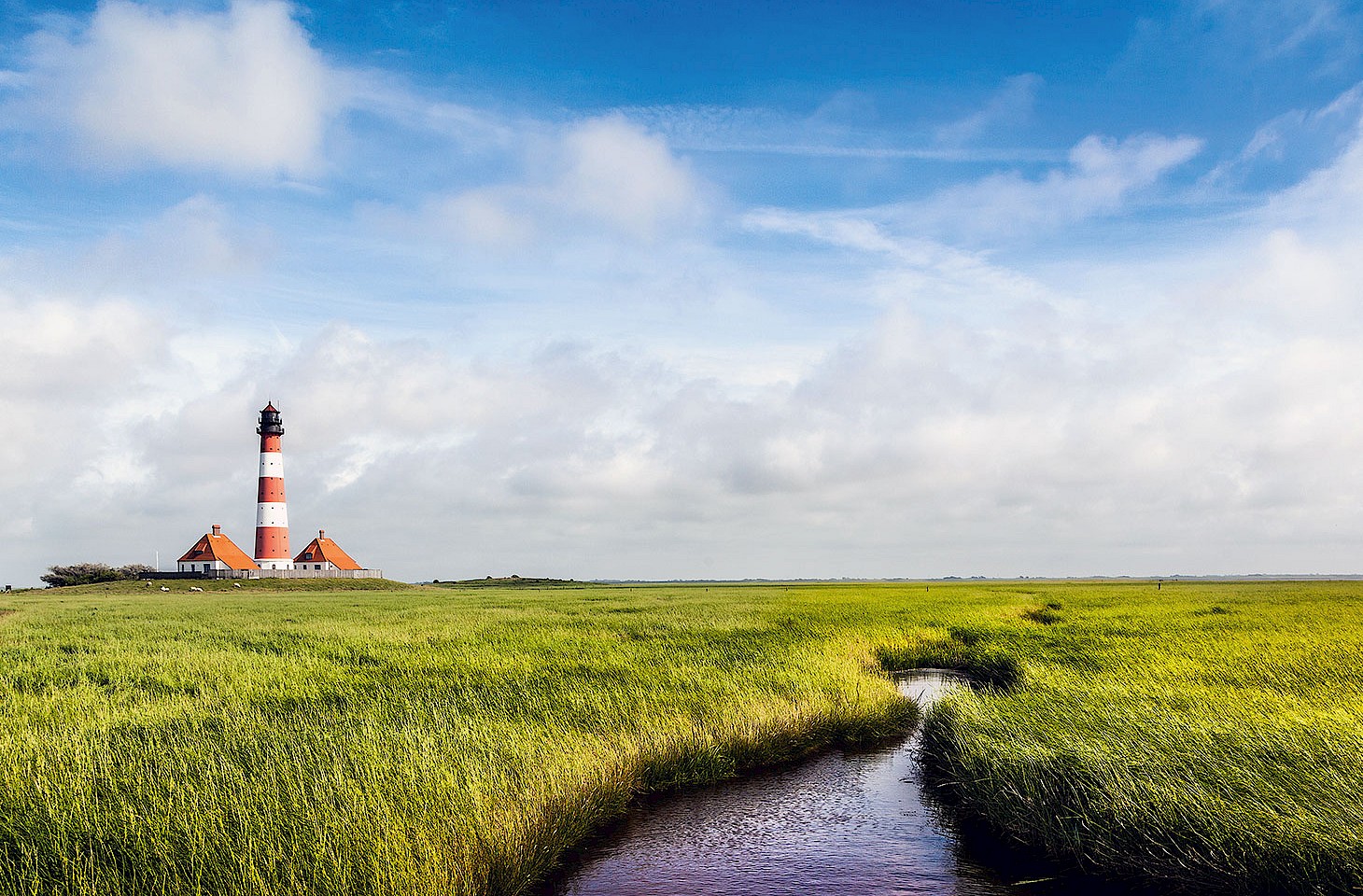For me the word Görlitz has always conjured up distant, glamorous but ultimately tragic family history: a Germanic side of myself that I never really fathomed until I visited the town. The house I grew up in, in southeast London, was full of what seemed enigmatic mementos of a world I had never encountered: tomes of yellowing piano music, which I myself play, bearing the purple rubber stamp of a Görlitz bookshop; a faded sepia portrait of my great-grandparents Martin and Hildegard Ephraim; a certificate presented by the Kaiser bestowing the Freedom of the city of Görlitz upon Martin Ephraim; and a photo of a vast mansion that once belonged to my family.
Martin Ephraim, born in 1860, was a Jewish magnate whose father had moved to Görlitz and made a fortune in iron - from nails to railway components. By the turn of the twentieth century, Martin Ephraim was at the heart of Görlitz's cultural life. In 1907 he built himself a fine villa, the first Jugendstil (art nouveau) house in Görlitz. He contributed to the railway station, synagogue and art gallery. He also donated archaeological finds, paintings, porcelain and painted folksy furniture from the local Oberlausitz (Upper Lusatia) culture to the museum. Despite his religion, he married a Lutheran, Hildegard Rauthe, an alderman's daughter and one of the first German women to go to university; they brought their children up as Lutherans too.
Ephraim's villa was sold at the height of the German hyper-inflation of the 1920s - the proceeds they got after the exchange of contracts was, as the family legend goes, "just enough to buy a basket of cherries".




